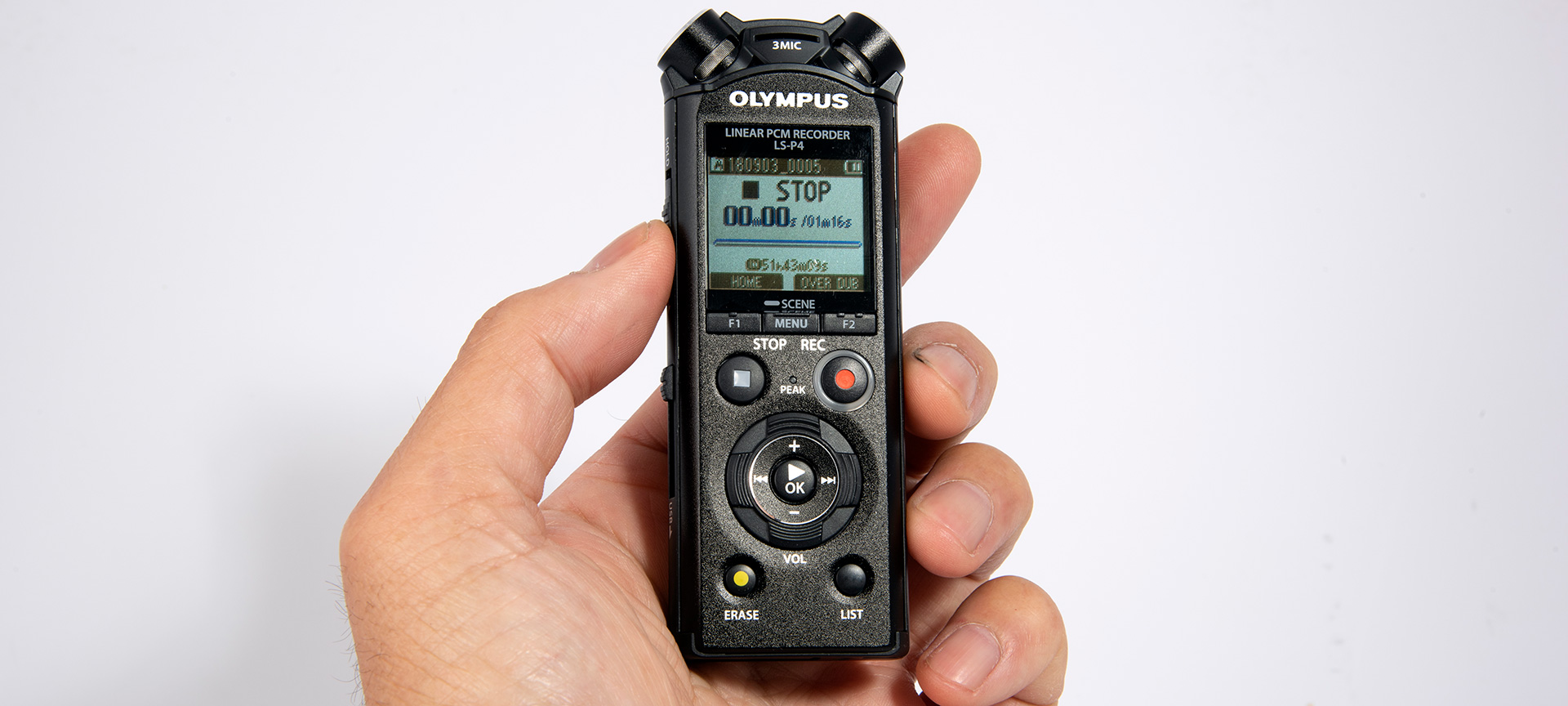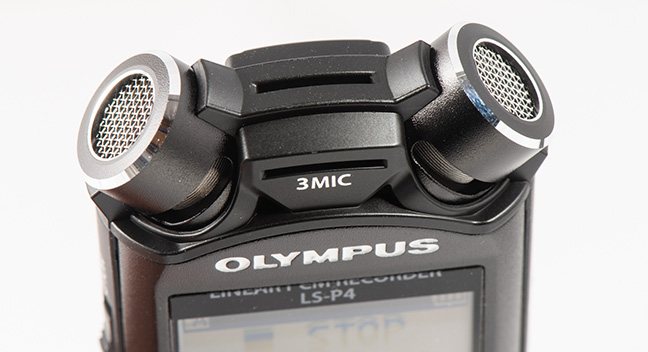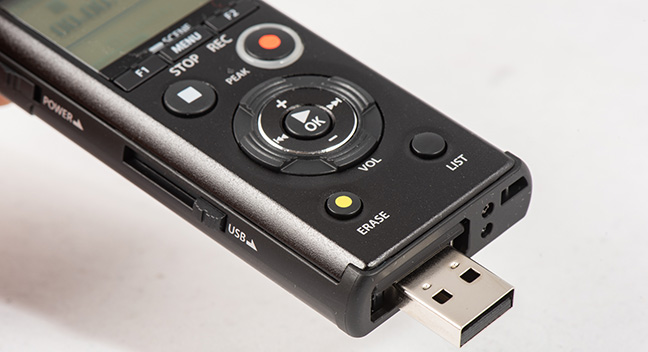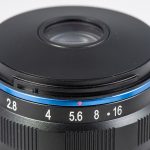
Olympus LS-P4 test
Posted on Oct 12, 2018
If you shoot video, whether for professional presentations or for your vlog, you know how important sound quality is.
Grotty sound is an instant turn-off, so if you want more followers or repeat viewers, work on your sound and don’t rely on the microphone built into your camera.
A separate microphone is an option, but so too is a good-quality sound recorder like the Olympus LS-P4. This is a high resolution sound recorder and a reliable playback music unit, so it has a dual purpose.
It is powered by an AAA cell. A NiMH rechargeable one is supplied, and fully charged this has enough juice for nearly 40 hours of use. Should you run out of power away from base, it will run from an alkaline AAA battery. Or just plug it into a USB charger or computer to charge up.
The unit has an 8GB internal memory, which allows for plenty of recording – in PCM mode you get nearly 12 hours; in MP3 mode at 128kbps and this extends to over 129 hours. A slot takes a MicroSD card, so potential for masses of recording time, or for your music.

Three on-board microphones are available, one left, one right and one centre. The centre one can be switched off. The microphones’ recording angle can vary – perhaps for recording one person on stage – or broaden out when you’re conducting an interview.
These options are in the menu system. Here, you can adjust the microphones’ sensitivity to suit the situation, set a low-cut filter to reduce background noise or set sound quality. There is the choice of PCM (WAV), FLAC or MP3 modes. PCM and FLAC are lossless formats, the former is uncompressed so takes up more storage, the latter gives uncompressed quality but with less space used. MP3 is a lossy format and widely supported. Speaking of playback, you can add index points during recording or in playback, so you can quickly access key points afterwards. Recording level, the zoom microphone and the low-cut filter can be adjusted during live recordings.
The unit comes with a screw-in adaptor. For recording an interview between seated subjects, this lifts the microphone end off the desk’s surface for cleaner recordings. The LS-P4 can be stood upright, and the adaptor has a 1/4in screw thread for fixing to a tripod. Buy the video kit version of this device and you get an accessory to fit the LS-P4 into a camera hotshoe.
Playback quality through the built-in speaker is okay but this is normally only used to check that the unit is working or when you are transcribing, so hi-fi quality is not usually an issue.
If you want to use the LS-P4 as a music playback unit you have the option of hardwiring or Bluetooth, and here the sound quality is very decent – and it saves your phone battery/memory, too.

Verdict:
The Olympus LS-P4 is a very neat, good quality device that performs really well whether you are recording notes or an interview, or doing something more serious. A good value-for-money device that performs very well.
Pros: High recording quality, battery capacity, 8GB of on-board memory, extra capacity of MicroSD card, solid build, compact
Cons: Nothing
As featured in issue 59 of Photography News.




